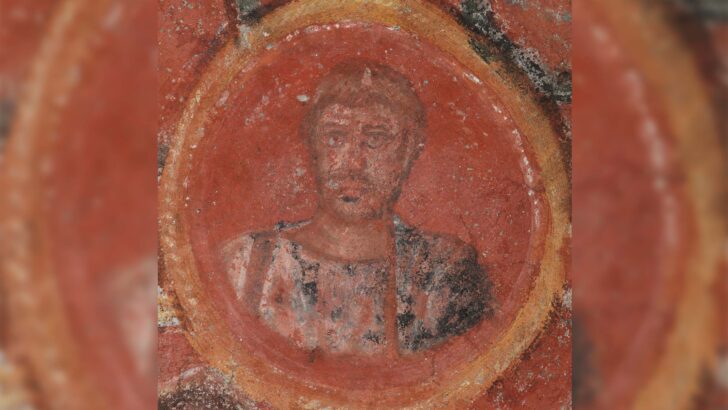Saint of the Week
The Church’s thoughts turn to St Andrew, one of the first apostles of Christ and brother of St Peter, around this time of year, his feast day being November 30.
Before meeting Jesus, Andrew was a disciple of John the Baptist – a sure mark in favour of his powers of discernment, what with Jesus proclaiming in the Gospel, “among those born of women there has risen no one greater than John the Baptist” (Matthew 11:11).
In the Gospel according to John, we’re introduced to Andrew as he accompanies John the Baptist, alongside another unnamed disciple of John’s. It was on this occasion that John fatefully spotted Jesus and proclaimed, “Behold, the Lamb of God” within Andrew’s earshot, prompting Andrew and the unnamed disciple to follow Christ.
Following an encounter and invitation to see where Jesus was staying at the time, Andrew rushed home to his brother, Simon, exclaiming, “We have found the Messiah”. Going to Jesus together, Jesus looked Simon over before naming him ‘Ce’phas’, or Peter.
A fisherman from Bethsaida of Galilee, Andrew’s recognition of Jesus as the Christ would enable him to be transformed into a fisher of men, as he began a journey of faith following Jesus in ministry alongside the other 11 apostles. As one of the 12 apostles, Andrew was surely one of Jesus’ closest friends during his time on earth carrying out his ministry.
Despite this most special calling, St Josemaria Escriva rightly pointed out in one of his homilies that the apostles were just ordinary men – St Andrew included. The first apostles, he said, “were nothing to boast about, humanly speaking”.
Other than Matthew, a wealthy tax collector, they all likely eked out a simple living, and displayed at times a remarkable lack of intelligence and openness when it came to Jesus and his message. When the end of Jesus’s life came, Andrew along with the others abandoned him, leaving only Jesus’ mother, Mary, John and Jesus’ female followers surrounding the foot of the cross.
However, the Acts of the Apostles records that Andrew went to Jerusalem together with his other apostles after the Ascension. There, as with the rest of the apostles and the early Church, he was empowered by the Holy Spirit to carry out his ministry, even to the point of “death on a cross”, like his Master.
The rest of the information on the life of the saint is found in non-canonical and apocryphal texts. The earliest Christian writers of the first centuries say that Andrew evangelised Asia Minor, the regions along the Black Sea, including the Dnieper river as far as Kyiv, until he reached the Volga river. Today he is patron saint of Russia, Ukraine and Romania.
Andrew’s preaching of the Gospel continued throughout Achaea and in Patras (modern-day Greece) until around 60/70 AD. It was there that he was martyred, crucified on a diagonal cross.
Sources give differing reasons for this, with some saying he requested an ‘X’-shaped cross as a way of evoking the Greek initial used for the name of Christ. Others say that, like his brother who was crucified upside down, he considered himself unworthy to die in the exact same manner as Christ. Regardless, St Andrew is today remembered as one of the twelve pillars upon which Christ chose to build his early Church.


 A 4th-century painting of St. Andrew. Photo: CNS
A 4th-century painting of St. Andrew. Photo: CNS 
